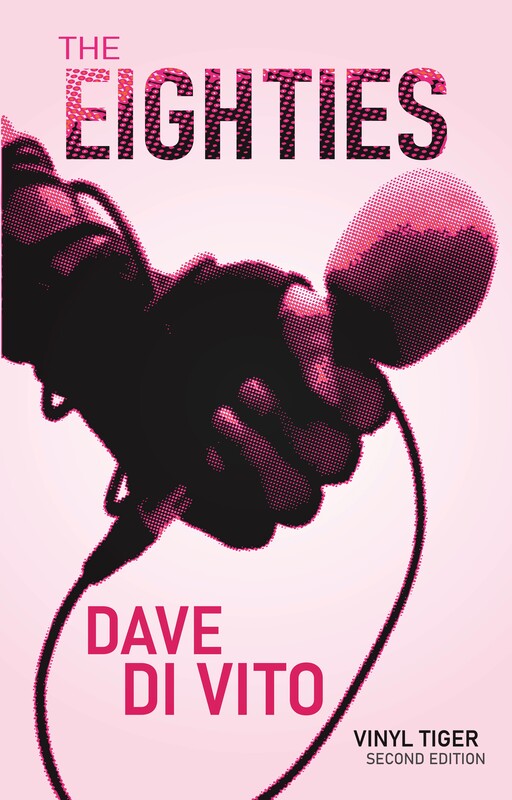 Dragoljub Raša Todosijevic Dragoljub Raša Todosijevic People in all corners of the world are proclaiming that Europe is dead. For some, this is a consequence of financial and social policies that have utterly altered the fabric of the old continent. For others, its a lament based on the disconnect between the Europe that exists today and the Europe that was said to have existed before (or at least did in the hearts of its children). Others still see it anecdotally, as a natural, if somewhat, karmic consequence of centuries of colonialism. Whatever the take and the reality, it seems that in 2011, much of Europe is busy licking its wounds, old and new. In the Serbian pavillion, Dragoljub Raša Todosijevic's Light and Darkness of the Symbols brings a critical eye to political and social traditions and values. Given the rhetoric surrounding the fragmentation of the former Yugoslavia, how its descent into war was preceeded by the fall of the Berlin Wall and of European communism, and how symbols such as the Swastika had become entrenched into the mentality and subconscious, Todosijevic's argument was that old lores, symbols and traditions no longer held any significance in a new context. To that effect, he began in Dada style, by his own accounts, to transplant said imagery into new contexts, in the hope that viewers would be forced to rethink their own attachments and values of the symbols he was effectively attempting to stip of their power. In Light and Darkness of the Symbols, particularly with its current placement within the Venice Biennale context, we are forced to think about our understanding of these symbols and of how our reactions to them betray the fact that they remain as loaded as ever.  Perhaps the most surprising use of imagery within a national context was that found in the Swiss pavillion. For better or worse, Switzerland has long been seen as a nation of neutrality, an emblem of successful democracy in Europe. In recent years however, it has joined other European nations (particularly those in the north) in a new wave of ethnic and immigrant unrest, famously leading to the banning of minarets in the country. Its a nation with four national languages, and presumably an overarching requirement for assimilation (a concept not unfamiliar to other nations). Thomas Hirschhorn's cavernous world, The Crystals of Resistance, replete with crystals, plastic furniture, copius aluminium foil, mass media imagery and his trademark duct tape creates a jagged little world where boundaries and danger (in the forms of broken glass) are around every corner. Hirschhorn is intent on confronting conflict, on addressing it as a means of achieving a better world state. The installation, filled with numerous imagery, never shies away from the sensitive and taboo. Here, slutty, half dressed Barbie dolls sit under Tibetan prayer flags, whose individual pieces have been replaced with Middle Eastern images of violence, capital punishment and torture. Huge duct tape doner kebabs hang from the ceilings like embryos, wrapped in Persian rugs. Elsewhere, mannequins have their guttaral parts consumed by crystals. It's disturbing stuff, confronting, and, yet, in its low fi, accessible way, as easy to relate to as a walk around an ethnic market. A thorough and ever evolving explanation of the installation can be found or Hirschhorn's website. The Europe that we think we knew is an hallucination. A memory seeped in rose colors. Hirschorn's crystal world is a far more accurate picture of Europe in 2011, scars and all.
0 Comments
|
Dave
|
|
|
Dave Di Vito is a writer, teacher and former curator.He's also the author of the Vinyl Tiger series and Replace The Sky.
For information about upcoming writing projects subscribe to the mailing list. Dave hates SPAM so he won't trouble you with any of his own. He promises. |




 RSS Feed
RSS Feed